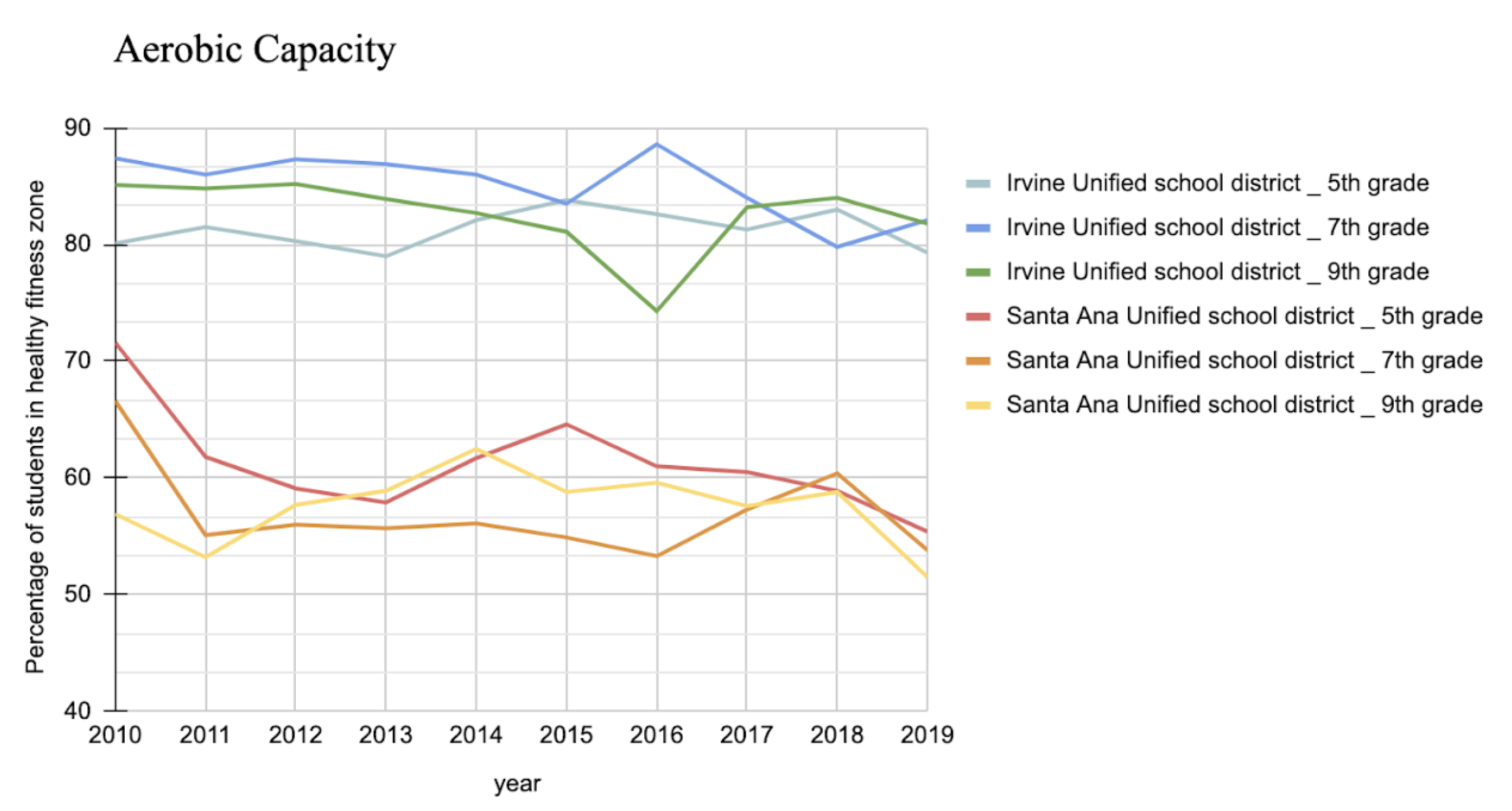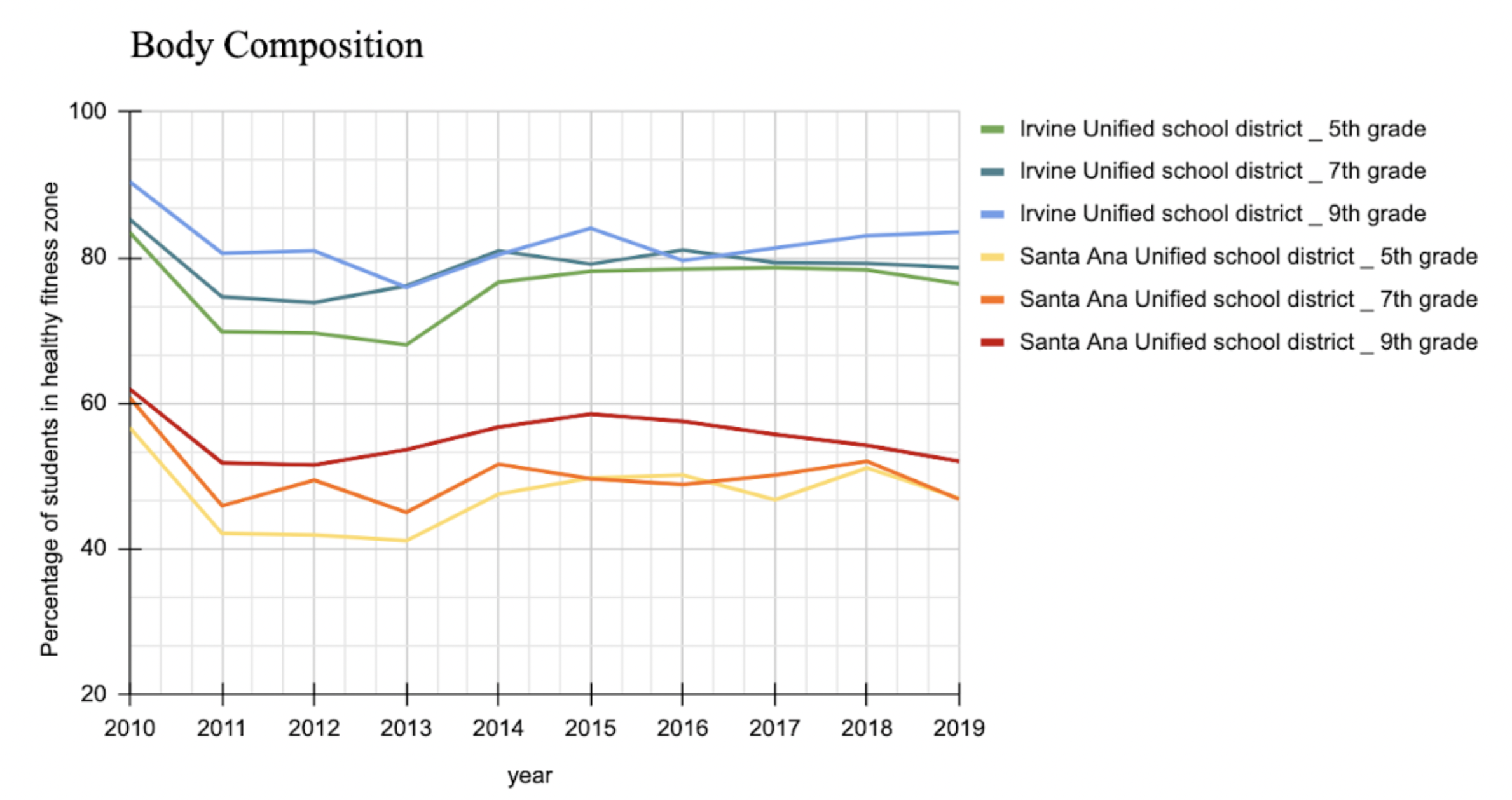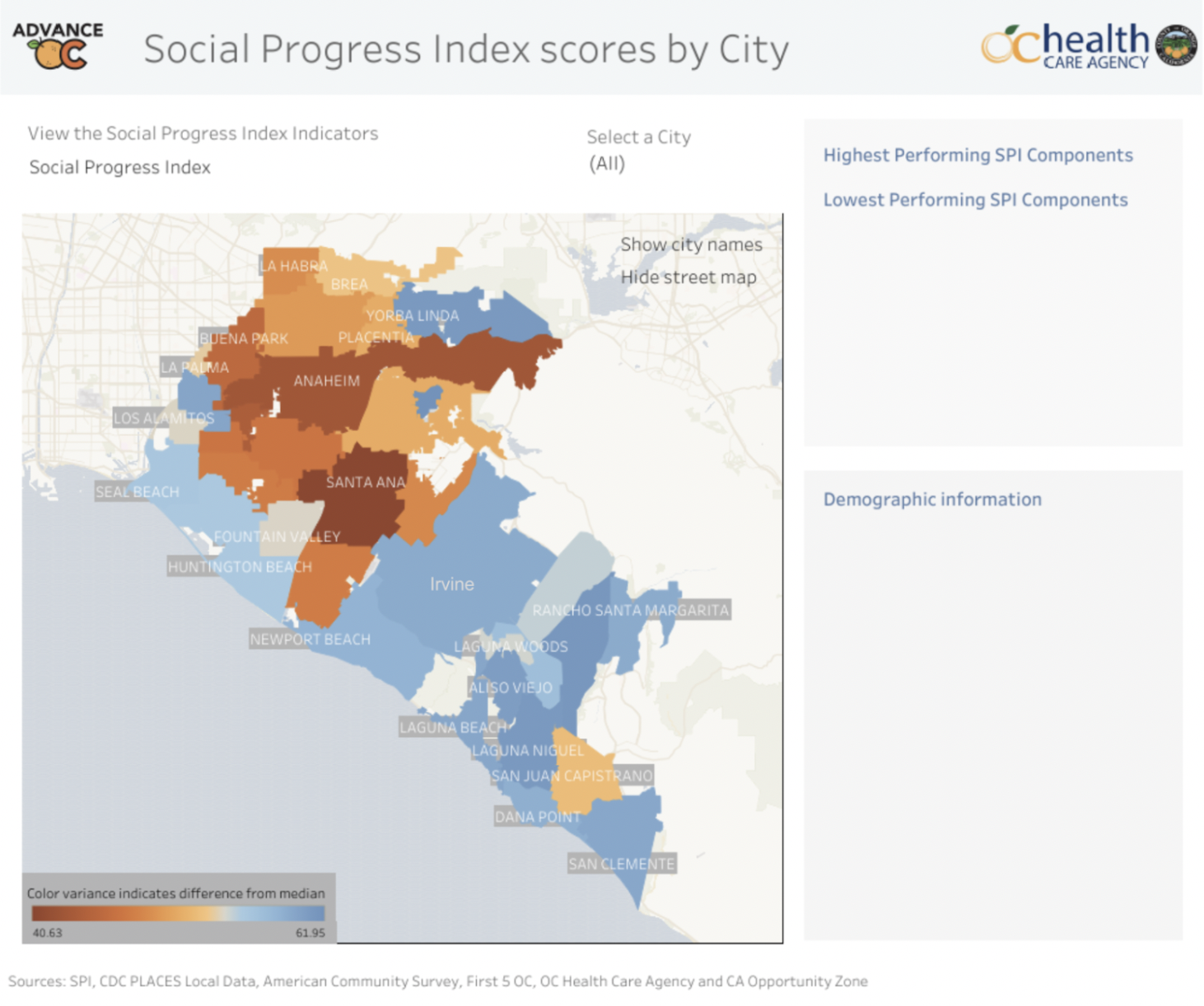Health Equity/Social Determinants of Health
Health Equity/Social Determinants of Health 6
657 - Health inequity demonstrated through school-based fitness testing
Sunday, April 30, 2023
3:30 PM - 6:00 PM ET
Poster Number: 657
Publication Number: 657.317
Publication Number: 657.317
Allen Yiu, University of California - Irvine, Orange, CA, United States; Yawen Guo, University of California, Irvine, Irvine, CA, United States; Louis Ehwerhemuepha, CHOC Children's Hospital of Orange County, Orange, CA, United States; Dan M. Cooper, UCI, Irvine, CA, United States
- AY
Allen Yiu, MD (he/him/his)
Fellow
University of California - Irvine
Orange, California, United States
Presenting Author(s)
Background: The recent pandemic shutdowns in many public schools exacerbated the unrelenting obesity and physical inactivity epidemic in school aged children. Cardiorespiratory fitness (CRF) is a critical indicator of health in children and a determinant of disease across the lifespan. School-based physical fitness testing (SB-PFT) is mandated by law in public schools in the 5th, 7th, and 9th grades in 16 states, and school-level data are publicly available in California. SB-PFT data provide a remarkable assessment of child health across virtually all socioeconomic, ethnic, and racial categories. We hypothesized that CRF from this publicly available database could reveal data that can help modify the effects of social determinants of health in children.
Objective: To examine publicly available SB-PFT results with health equity indices in two geographically neighboring communities widely different in socioeconomic and ethnic make-up; and to determine trends and potential relationships between SB-PFT and both environmental and socioeconomic factors.
Design/Methods: A retrospective cross-sectional study on SB-PFT data was obtained from CA’s Department of Education at the school district level. This study retained aerobic capacity and body composition assessments of 5th, 7th, and 9th grade students. A longitudinal time series analysis between 2010 and 2019 was conducted, and results of the Irvine Unified School District (IUSD) was compared to Santa Ana Unified School District (SAUSD). The percentages of students in the healthy fitness zone were reported. Orange County (OC) Equity map was obtained via Advance OC and show scores from the Social Progress Index (SPI), an index that incorporates social and environmental metrics such as nutrition, housing, and environmental quality.
Results: SB-PFT data between 2010 and 2019 shows a wide gap between students in IUSD and SAUSD in aerobic capacity and body composition in each grade assessed with a greater percentage of IUSD students in the healthy fitness zone in both categories. By 2020, healthy equity mapping from Advance OC® shows a wide dichotomy in SPI between geographic areas encompassing IUSD and SAUSD.
Conclusion(s): Socioeconomic and environmental factors contribute to the physical health of children. Differences between the areas that include IUSD and SAUSD may explain the widening gap of SB-PFT results between corresponding school districts. Further analysis of SB-PFT could be useful in identifying outliers and other exceptional schools to formulate successful strategies to mitigate the current epidemic of obesity and physical inactivity in school-aged children.



